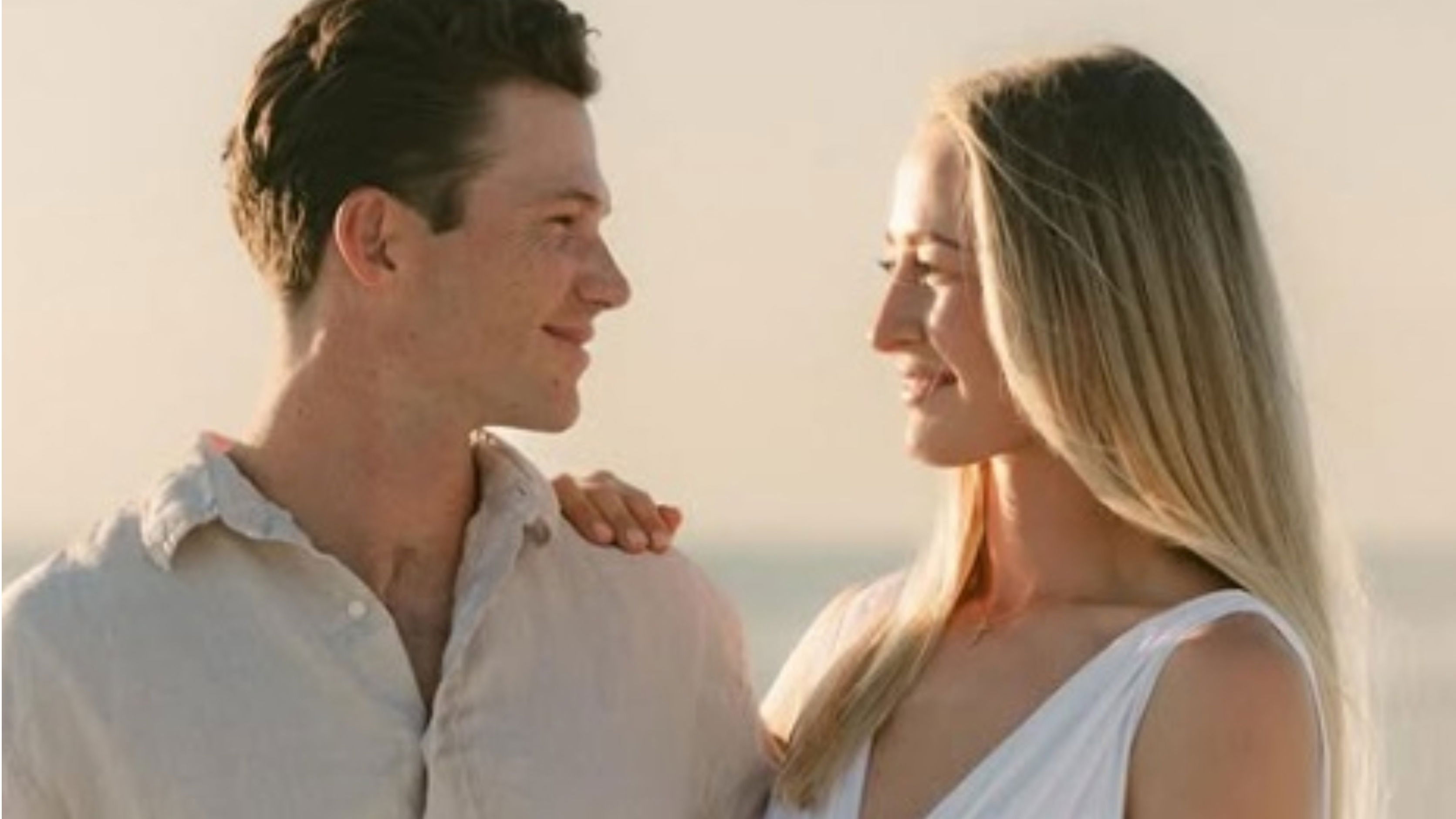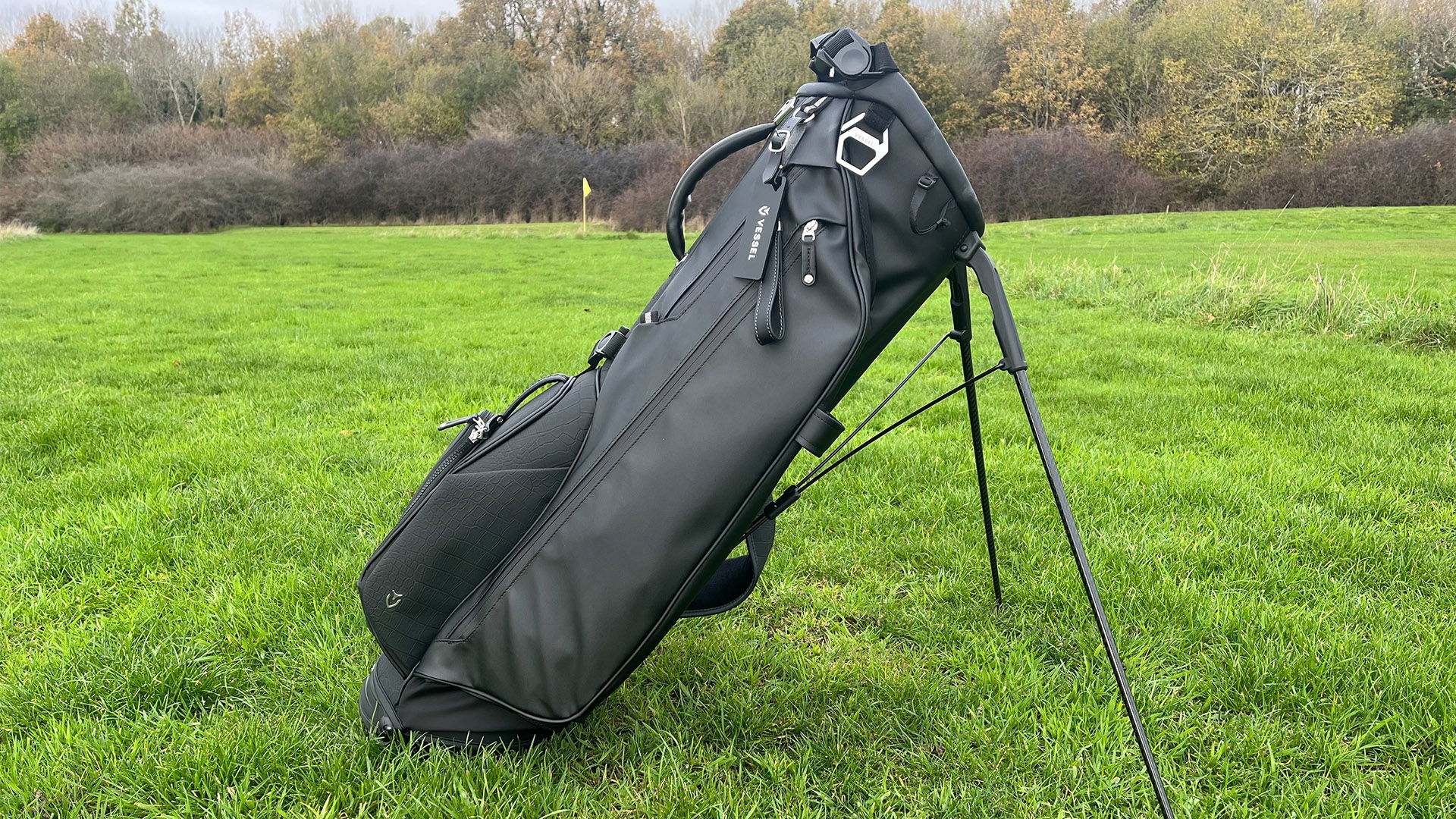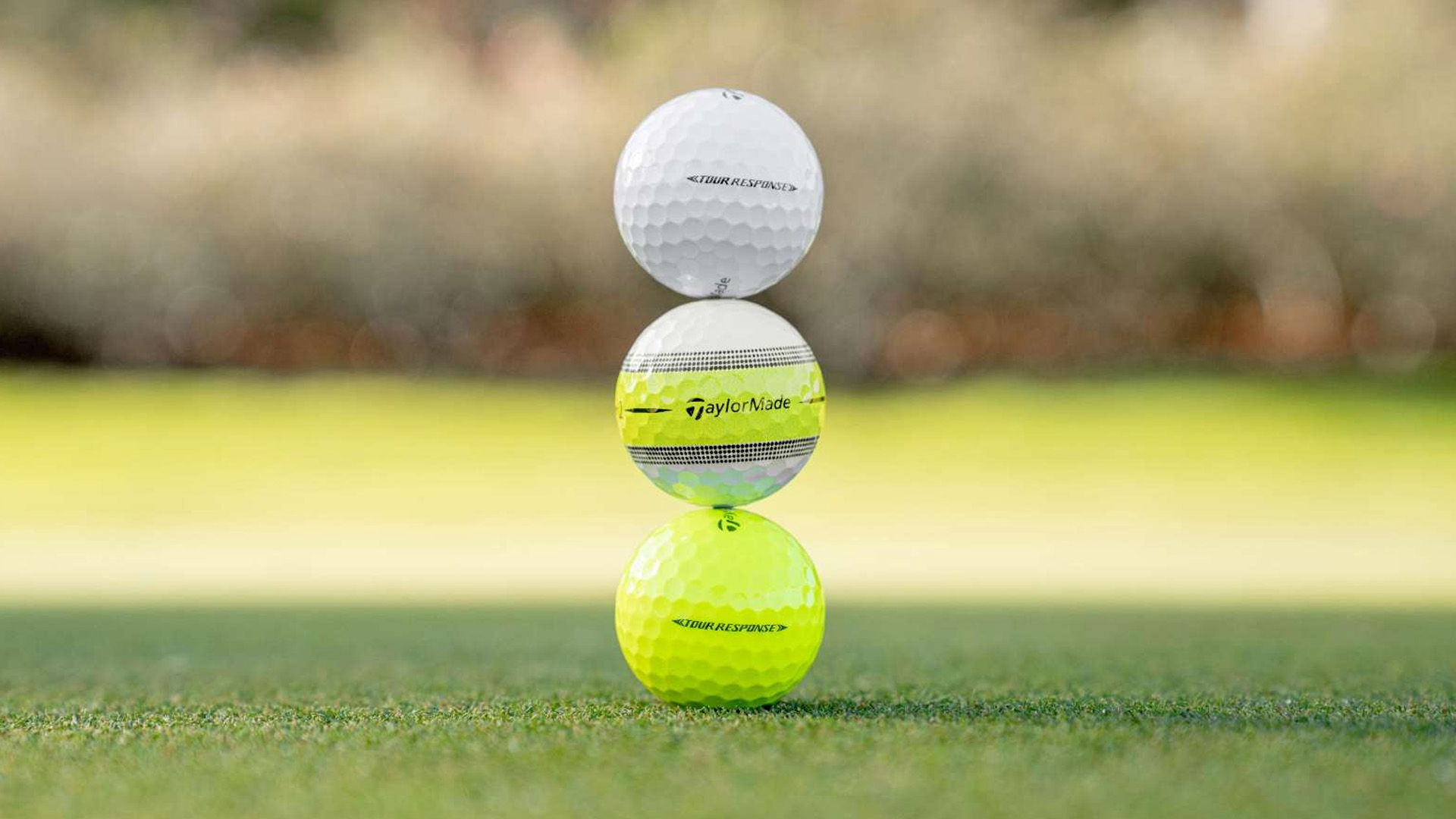Alwoodley Golf Club Course Review
GolfMagic tests out Alwoodley, Alister MacKenzie’s very first design and one of the best golf courses in Yorkshire.

Alwoodley Golf Club Fact File:
- Location: Alwoodley is situated in North Leeds, around the corner from Moortown
- Year Established: The club was founded in 1907, a key date as it was Dr Alister MacKenzie’s first course design
- Par: 72 for men (white), 73 for women
- Length (yards): Blue 6914, White 6688, Yellow 6336, Red 5579
- Green Fees (weekdays): £210
- Signature Hole: The 8th or 11th, one a picturesque par 5 and the latter a par 3 with a devilish green
- Website: alwoodleygolfclub.com
Before we go any further with Alwoodley this was the first course that Dr Alister MacKenzie, the Leeds surgeon who went on to design Augusta National, Cypress Point and Royal Melbourne (West), laid out. We hear this plenty but it really is some claim to fame.
MacKenzie's link with one of the best golf courses in Yorkshire, Alwoodley, is far-reaching; he was a founder of the club, the first secretary, a member of the green committee – can you imagine having MacKenzie consulting on the running of your course – and then the club's captain in 1912. By this time he had now added Moortown to the list and he was their captain the following year.
In recent years bunkers and original MacKenzie specifications have been restored, trees removed, gorse and heather managed and designer Clyde Johnson has helped to take the course to a new level of brilliance.
This is reflected in the club hosting the Brabazon Trophy and British Girls in recent years to continue a long history of hosting major tournaments.
Alongside glorious Ganton Golf Club, which we reviewed last week, Alwoodley sits comfortably inside the best 50 courses in Great Britain and Ireland. Predominantly heathland, in part moorland, it sets a genuine challenge where you will need to prosper on the front nine if you're going to play to your handicap.
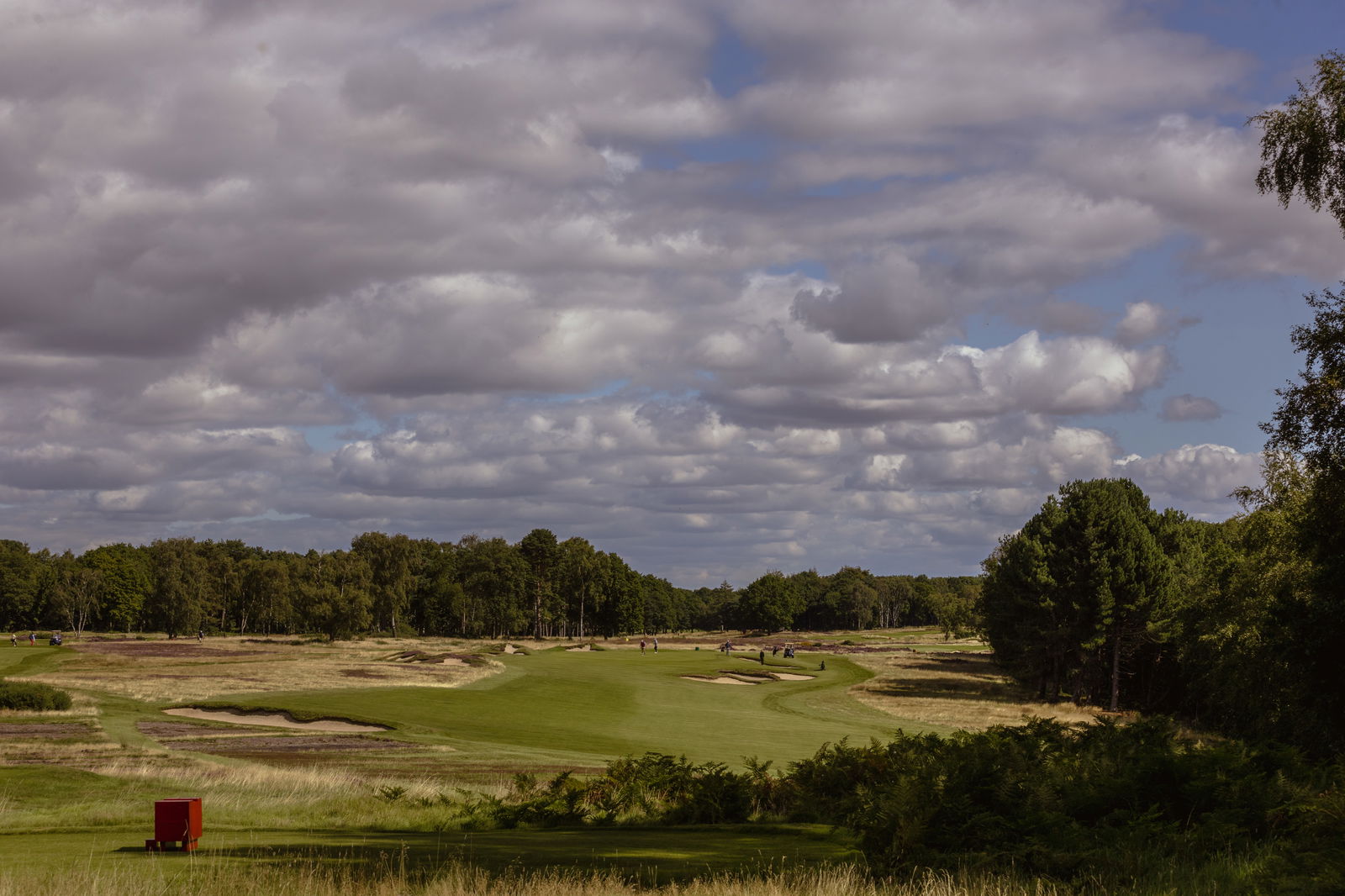
Alwoodley GC Course Review
The wow factor to Alwoodley, like its nearby neighbour Moortown, comes as you wander past the pro shop and look left to a genuine bit of golfing beauty.
The 1st tee gives you a hint of quite how immaculately maintained the course is and the following few hours will be spent playing from firm, brilliant turf to exceptional and fascinating greens.
The short 11th has a green where three putts are almost certain if you find yourself above the hole while the previous hole, a par 4 off the yellows and 5 off the whites, is the hole which the 13th at Augusta was based on. In the current climate that's quite a hard leap of faith but the holes around it – the 8th, 9th and 11th – are spectacularly good.
All of it is really. You really are nit-picking to find any weak links at Alwoodley. My personal favourite is the 13th, a straightaway par 4 with the biggest green on the course, which begins a brilliant and varied run for home. Again the green at the 15th, on two tiers, is well worth a mention as are the stroke indexes.
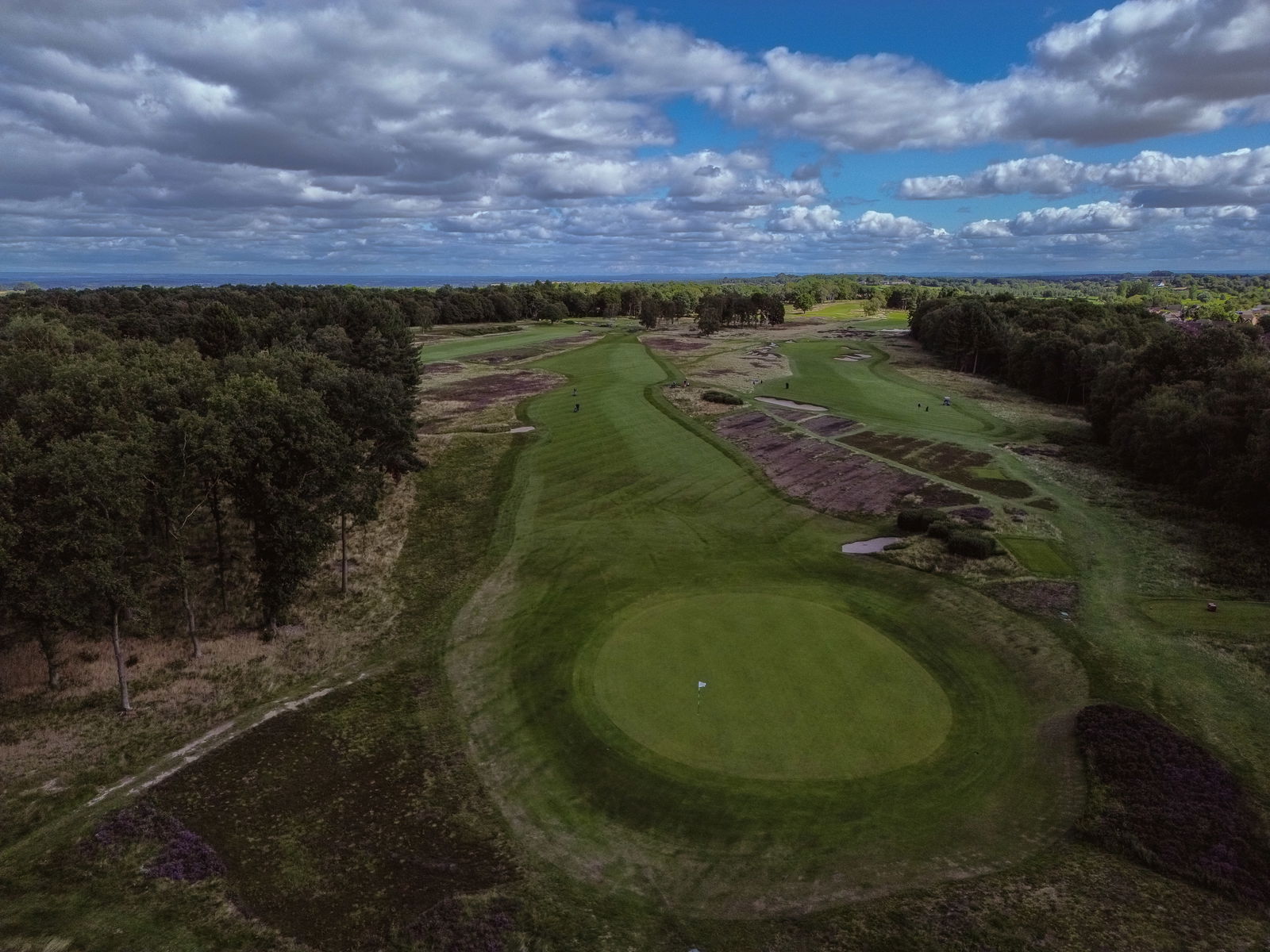
These were created for matchplay, in the days before Stableford had even been invented and the idea is to spread the shot allocation evenly through the round. The odd-numbered holes are ranked 10 to 18 and the even-numbered holes 1 to 9. So, if you were giving someone nine shots, they would be simply be on every other hole starting from the 2nd. In addition, the course is split into quadrants so that if you were receiving, say, four shots, then you would get them on the 4th, 8th, 12th and 16th. There is a nod to the difficulty of the actual holes but only that and none of the par 3s have a low index.
The 18th is a very fitting finale with an elevated tee shot and a bully of a long par 4 but with the option to bail out down the 1st. Former Ryder Cup player Ronan Rafferty once commented that the 1st and 18th could remove any rough or sand to give it a look of St Andrews which is worth pondering if you are ever lucky enough to visit.
John Green was the Head Professional from 1989-2024 and he believes that accuracy off the tee is paramount to having a good day around the MacKenzie masterpiece.
"Certainly in the summer, when it is hard and fast and bouncy, you don’t have to be that far up. You don’t have to hit your driver often because the fairways are really tight and firm. You have to hit it what I call a double straight. If you have any shape the ball just runs in to the rough. I would often suggest to visitors that whatever club you can hit 200 yards, hit that off the tee, most of the time because you are going to get 40 yards of run – so if you can plonk a ball 240 yards on a fairway on every hole, then you are going to score. That sounds a bit boring, but that is the way to play it."
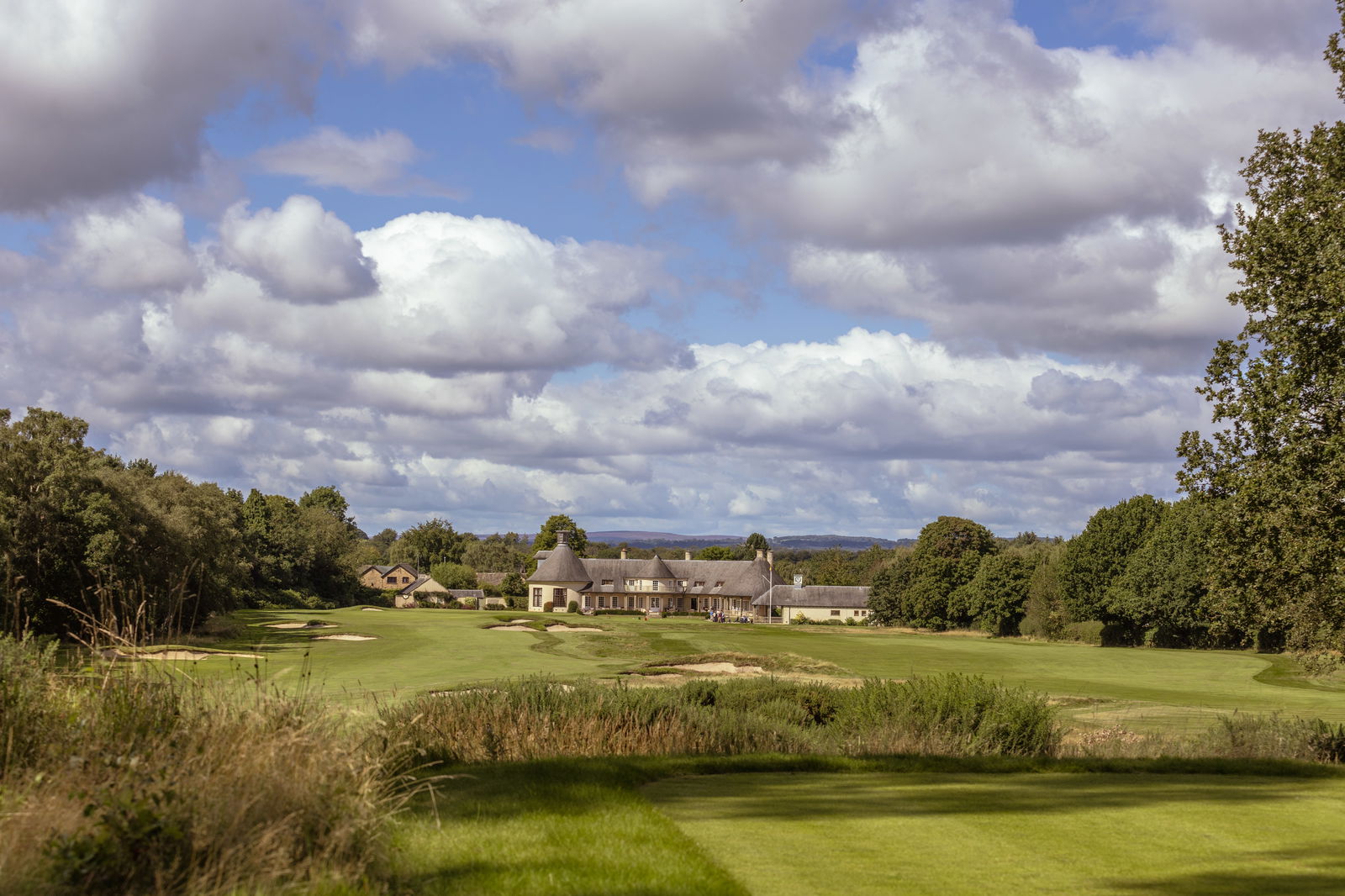
Final Verdict
You really would struggle to tire of Alwoodley. The turf, setting, challenge, variety and all-round experience really is something else. There is an element of stepping back in time to an altogether slower pace of life though the club has made huge advances in recent times to be more forward thinking. It's not cheap though there are various ways of making it more affordable and, if it was located in different parts of the country, then you would certainly pay a lot more. And this is a bona fide top 50 course so you are getting a course that is generally ranked above the likes of a Hillside or Formby.
What you can be certain of it is the quality of the course. There's very little sense of anything too samey, you have a reachable par 4 as early as the 2nd and then a par 5 at the next which might represent your best birdie chance and features a brilliant pin position when located on the bottom tier.
A good piece of advice is to have a look where the pin is on the 17th when playing the opening hole. Another is to play it off the whites as that gives you four par 5s in the first 10 holes, off the yellows you lose two of those. Either way the closing eight holes will require a lot of honest ball striking to keep the card going.
Rating: 4 out of 5 stars ⭐️⭐️⭐️⭐️
For more information, please visit the club's website here
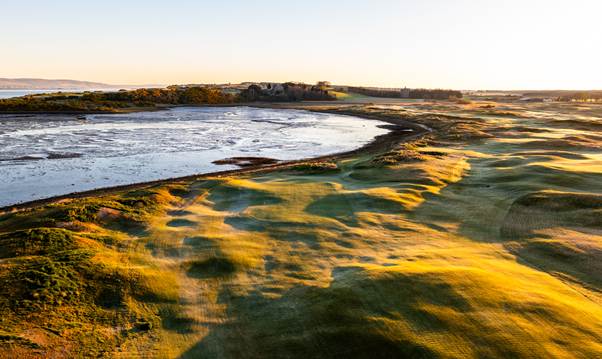
![9th at Moortown GC [Mike Hyde]](https://cdn.golfmagic.com/2025-07/9th.jpg?width=1600)


